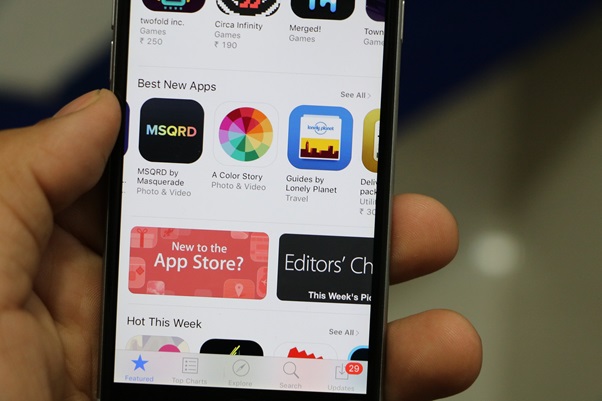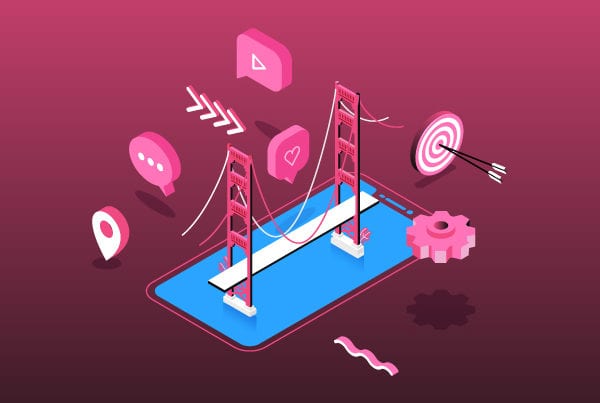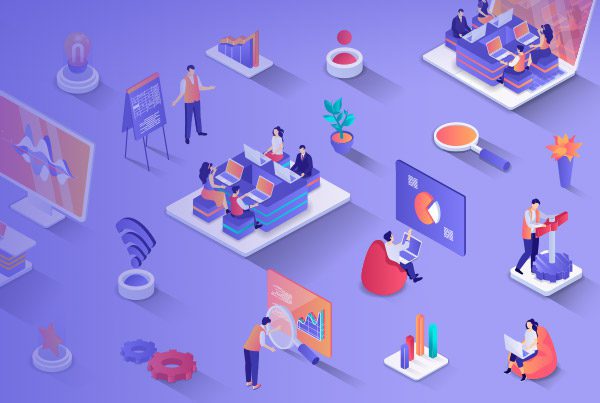MGS San Francisco 2020: working on user retention and monetization
Last month, it was once again time for the Mobile Growth Summit 2020. With an abundance of incredible speakers, talks and panels, we thought we should share some of our highlights. In this article, we’ll be focusing on one talk and one panel: Building Retention Strategies that Work and Converting Free Users to Paid. We hope our article can give you some tips to improve your user retention and monetization strategies this year.
What is the Mobile Growth Summit?

The Mobile Growth Summit is a worldwide event held in the UK, Canada, Singapore, New York and San Francisco, among other locations. It is a non-vendor conference that spans over one or two days and is aimed at helping mobile marketers and developers connect with and learn from professionals in the industry. MGS covers topics such as user acquisition, retention, engagement, monetization, and analytics related to mobile, retail, and e-commerce brands. Last February, the 2020 San Francisco edition took place on the 12th and 13th at the Hotel Nikko San Francisco. It hosted over 1000 attendees and included over 900 companies and more than 80 speakers. This edition was packed with speakers from great companies like Google, LinkedIn and Bank of America.
User retention strategies
The Building Retention Strategies that Work talk was given by Brennan Clark who specializes in using growth marketing and acquisition to feed retention. Clark leads user acquisition for Sago Mini and Toca Boca, two mobile game app companies for children. Together, these companies have developed 75 mobile apps and garnered 320 million downloads. They are also within the top 10 kids app publishers (Toca Boca is in 1st place, while Sago Mini is in 6th).
Before getting to the core of the issue, Clark made a few important points:
1. Every business is different, and this is something you should keep in mind regarding strategy. If your mobile app monetization is based on ads, your revenue will come from usage. On the other hand, subscription-based apps will get their revenue from monthly payments, which could render usage theoretically be irrelevant.
2. Retention is part of growth, it is a pulse of whether you have a good mobile app or not. Moreover, retention impacts user acquisition. Basically, you need retention to be able to afford and scale user acquisition.
3. When it comes to running experiments for user retention, don’t be disappointed if you don’t get the results you expected. You might find results that hurt retention but can increase your conversion rate and could still work in your favor.

After these few points, Clarke dived into four different user retention strategies that we’ll summarize below:
1. Set expectations: when it comes to showing what your app can do and how it works, you should use video, not overpromise or hide pricing and definitely invest in app store listings. Deceptive advertising makes users churn quickly and cause trust in marketers to continue to fall, therefore hurting retention. Clark advises doing your research by walking a user through the pre-install flow and having them describe the mobile app experience they expect based on the app store information. This will help you see if you are on the right path to setting the right expectations.
2. Improve the onboarding experience: To do this, you should remove anything that isn’t essential and also understand the goal of your onboarding process, which will vary from one app to another. It’s important to give users what they need to get the most out of your mobile app and to do it quickly and efficiently.
3. Segment your revenue attribution: You should do this at least by geographical location, channel and platform as this will help you make decisions to build campaigns and tailor in-app experiences for specific markets.
4. Tailor experiences at scale: You should leverage user data to drive value. To do this, you’ll first need to make sure you are collecting the data you need. Once you have that data, you should use it to personalize the experience across all touchpoints. Some examples of tailored experiences are tailored retargeting experiences, tailored push notification experiences (which increases open rates by three times) and tailored email experiences (which gives you a 41% higher click-through rate). You should strive to identify any areas where you can increase personalization and run A/B tests to measure retention.
User retention and how to monetize free users
The Converting Free Users to Paid panel had Ehren Maedge, North America VP for MoEngage, as a moderator. The panelists were Lane Colyer and Nathan Sann, Co-Founders of Growth Instincts, a growth partner that aims to help mobile marketers in converting free users to paid.
1. Where to start
The first question posed by Maedge was where to start. Just like Clark did in Building Retention Strategies that Work, in this panel, Colyer also highlighted that every app is different. He argues that, because of this, you should start by looking at why people are coming to your app in the first place. At the same time, there was also an emphasis on the customer onboarding experience, but this time with a focus on the best way to get customers to perform a transaction. In fact, it was mentioned that users should experience the core couple of principles of your app within the first couple of days of using it. If they don’t, you should experiment with onboarding and segmentation.
2. How to deal with different levels of engagement
Once you’ve handled onboarding, you should think about different usage levels and different levels of engagement for different people. If users are regularly engaging with your mobile app, don’t overload them with notifications. For less engaged users, other strategies apply. Here, you should look into your different channels (push, email, SMS) to bring back customers and increase usage frequency, as well as getting your product front of mind again.
3. What issues may I come across
Sann explains that early purchasers are the perfect customer and that you should be looking at patterns of usage as well as the key events that led these customers to that quick purchase. In principle, this should be quite simple to look at. If it’s not, your app may not be correctly tooled to determine users’ journey to making a purchase, or it might even be tooled too well and giving you too much noise. If the latter happens, you’ll need to strip out some details to get to the relevant information. For this reason, setting up a taxonomy from the get-go is important.
Another issue Sann focuses on is the freemium model. In these cases, a lot of users are happy sticking to the free features and don’t make the jump to paid users. What you should do is find the core values these people are latching onto so you can realign with the product team. This should help you add value to that core feature and then introduce it through an upgrade pack. He discourages making it a paid option, as that would actually be counterproductive. Sann emphasizes that Integrating your product marketing team with your product and development team is essential.
4. How to get a large pool of existing active users to buy
The Growth Instincts co-founders explain that free trials for subscription-based products are sometimes not effective. This is how they came up with the idea to introduce the concept of a retrial, which proved incredibly successful. User conversion on the second trial outperformed the initial one by 20%. It turns out that people needed a bit more time before making the decision.
5. How to get return buyers
As a final point, if someone has already bought from you, you already have data available on them to use as a starting point for your remarketing (like what they are interested in or when they are most likely to be active). That said, it is important not to let too much time go by between the initial transaction and working towards a second one if you want to get those users back.
User retention and monetization final thoughts
The Mobile Growth Summit San Francisco is a great conference to attend when you’re looking to grow your mobile app business. They are always right on the money with relevant topics like user retention and monetization. These two areas are key for your mobile app to succeed and these talks provided a great way to keep growing them. You can watch more of this year’s talks on the MGS’s Youtube channel.






